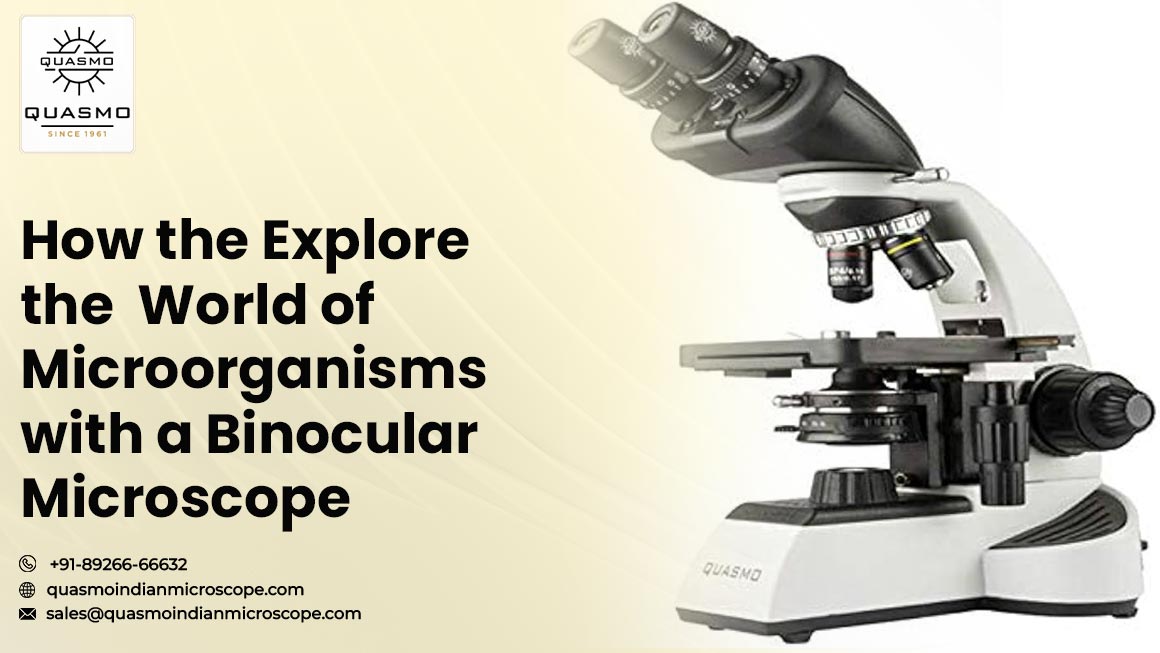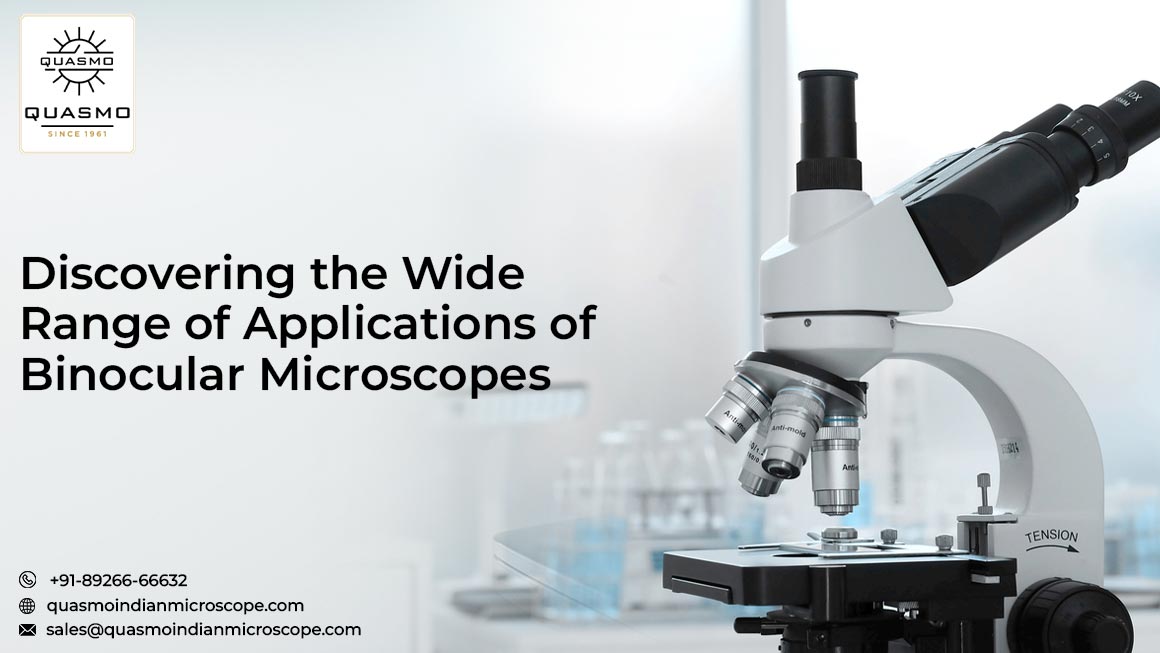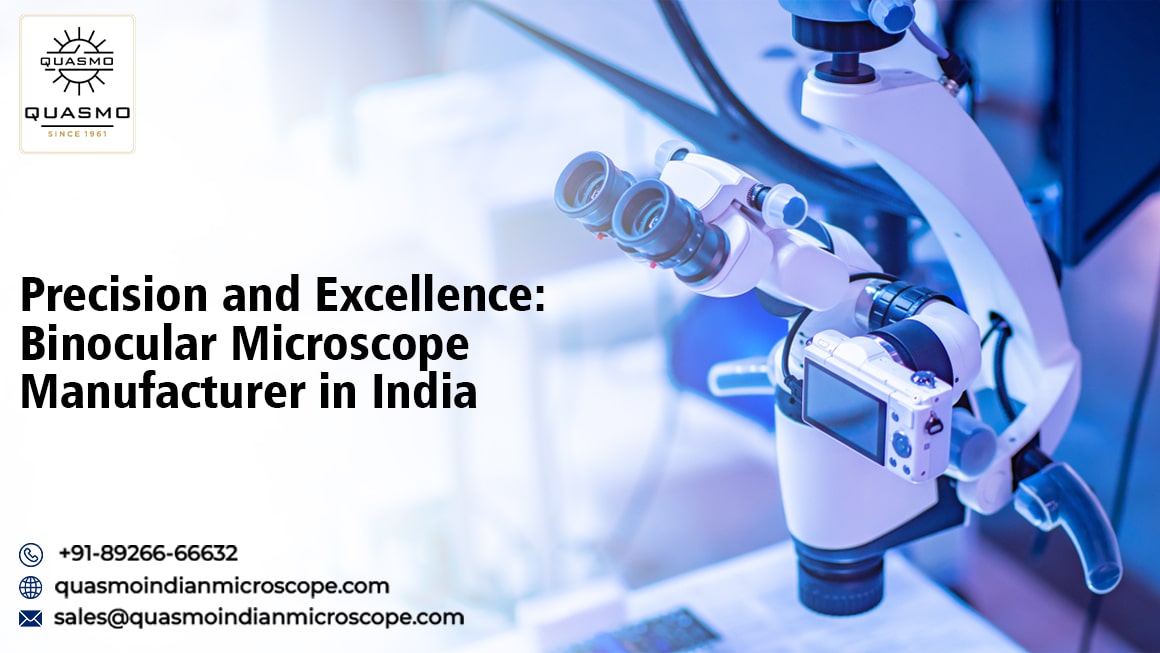
Many instruments are used in the world of science like binoculars, microscopes, etc. One of them is binoculars which are used to see microorganisms through a great scope. These microorganisms are invisible to the naked eye, they play an important role in various ecological, medical, and industrial processes. Understanding them is important to elevate your scientific knowledge. Through this blog, we will go deep into the world of microorganisms and let’s get to know in deep that how these binocular microscopes can work in this field.
Introduction to Microorganisms
Microorganisms, also known as microbes, are quite small living creatures that can’t be seen by the naked eye which needs an optical detection device. They consist of bacteria, viruses, fungi, algae, and protozoa. Despite being this small, microorganisms demonstrate astonishing diversity inhabiting virtually every niche on our planet. Whereas imperceptible, these omnipresent organisms fulfill vital functions and boast extraordinary diversity across ecosystems. Comprehending their cryptic impacts demands inspection under intensive magnification to unveil mysteries dictating existence on Earth.
Why is it Important to study Microorganism
Studying this microorganism is important for many reasons. They play an important role in nutrient cycling, decomposition, and maintaining a balance in the environment. In Addition, many microorganisms have a significant impact on human health, agriculture, and industries. Understanding their structure, behavior, and interactions is also important for many scientific fields.
More About Binocular Microscope
This Microscope is an important tool which is used to study microorganisms. Unlike other monocular microscopes which have only one eyepiece, a binocular microscope contains 2 eyepieces, allowing for a more comfortable view with your eyes. This feature elevates deep perception and reduces strains on the eyes even when you do long sessions of work.
Major Features and Components of Microscopes
This Binocular Microscope consists of many components some of which are:
1. Eyepieces: These are the lens through which the viewers focus on the specimen of the microorganism.
2. Objective Lenses: These lenses magnify the testing specimen at quite different levels.
3. Stage: There is a platform placed specially for more and better observation so that the eyepiece can stay stable.
4. Light system: The light source of the microscope helps in giving the lighting to the specimen for more visibility of microorganisms.
5. Focus Knobs: These focus knobs that are provided in the microscopes are used to adjust the focus of the specimen under the microscope.
Types of Microorganisms that can be found under the Microscopes
Various types of microorganisms can be found under microscopes, some of them are:
Bacteria
Protists
Fungi
Algae
Viruses
These are some of the major microorganisms that are found under the microscopes.
To Conclude
Exploring the world of microorganisms can be exceptional. By studying these tiny organisms, we can gain valuable insights into these busy lives. If you are looking for the best Binocular microscope – Quasmo Microscope is one of the best among the other manufacturers in the country. So connect with them today.





